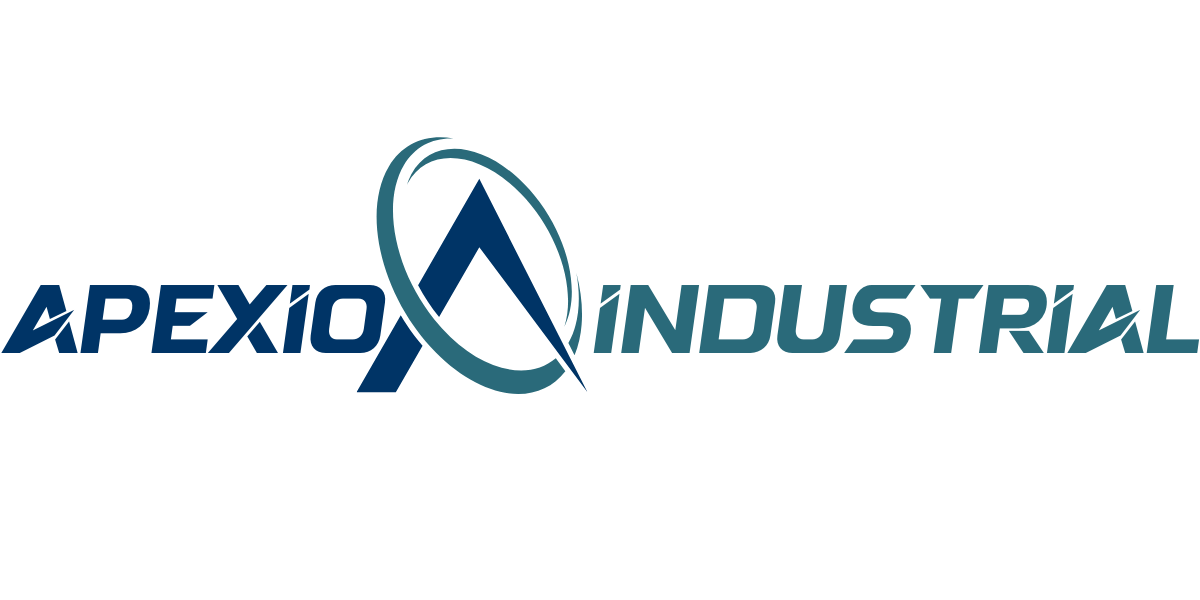ATEX and IECEx are essential frameworks that facilitate international trade in equipment and services for use in explosive atmospheres. These directives and schemes provide guidelines for manufacturers to ensure the safety and protection of individuals working in potentially hazardous environments.
Let's take a closer look at the key components of both ATEX and IECEx:
ATEX Directives:
-
Directive 2014/34/EU (ATEX 114 or ATEX Equipment Directive): This directive focuses on the manufacture of equipment for use in explosive atmospheres. It allows for the free movement of products within the European Union while prioritizing health and safety.
-
Directive 99/92/EC (ATEX 137 or ATEX Workplace Directive): ATEX 137 pertains to the protection of workers who are exposed to potentially explosive atmospheres. It outlines the necessary measures to ensure their safety.
IECEx Schemes:
-
IECEx Certified Equipment Scheme: This scheme sets the standard for equipment certification in explosive atmospheres.
-
IECEx Certified Services Scheme: Manufacturers and service providers can gain certification for their services related to equipment used in explosive atmospheres.
-
IECEx Conformity Mark Licensing System: This system allows manufacturers to display the IECEx Conformity Mark on their products, which signifies compliance with international standards.
-
IECEx Certified Competent Persons Scheme: This scheme ensures that individuals responsible for the assessment and management of explosive atmospheres possess the necessary expertise and knowledge.
To comply with ATEX Directives, high-risk hazardous areas require the involvement of a Notified Body, also known as an ATEX Notified Body (NB). These bodies are authorized by National Governments and perform actions related to ATEX Directives. It is crucial for manufacturers to engage an ATEX Notified Body for compliance.
Similarly, for compliance with IECEx, manufacturers must work with an IECEx Approved Certification Body (ExCB). These organizations have completed the IECEx assessment process and are authorized to issue IECEx Equipment Certifications. In many cases, ATEX Notified Bodies and IECEx Certification Bodies are one and the same, enabling manufacturers to obtain both approvals.
ATEX certification involves obtaining an EU Type Examination Certificate issued by a Notified Body. This certificate verifies that the equipment complies with the relevant standards. However, lower risk hazardous areas may allow for self-certification, accompanied by a manufacturer's EU Declaration of Conformity.
In the IECEx scheme, manufacturers must obtain an IECEx Test Report (ExTR) issued by an IECEx Approved Test Laboratory (ExTL). These reports demonstrate that the product has undergone thorough testing and meets specified standards. Unlike ATEX, self-certification is not an option under IECEx.
To ensure ongoing compliance with ATEX, manufacturers need to obtain an ATEX Quality Assurance Notification (QAN) for high-risk areas. This requirement entails engagement with an ATEX Notified Body and adhering to the relevant ISO 9001 quality system standards.
Similarly, IECEx manufacturers must have a suitable quality management system that meets ISO 9001 and fulfills the requirements of the IECEx scheme. An annual audit by an ExCB results in the issuance of an IECEx Quality Assessment Report (QAR) to evaluate compliance.
The ATEX EU Declaration of Conformity (DoC) signifies that a product complies with the Essential Health and Safety Requirements of the ATEX Directive. Manufacturers must also have a QAN to cover factory inspections. In contrast, an IECEx Certificate of Conformity (CoC) is issued by an ExCB and attests that a sample of the product has been independently tested and complies with international standards.
Both ATEX and IECEx require specific product markings, including manufacturer details, product identification, protection concepts, gas and/or dust groups, equipment protection levels, electrical parameters, temperature requirements, and certificate numbers.
It's important to note that while ATEX requires CE marking for products sold in the EU, IECEx does not. Additionally, ATEX incorporates the Explosion Protection symbol and coding string for Equipment Group, Equipment Category, and Environment.
By understanding and following the guidelines outlined in the ATEX and IECEx directives and schemes, manufacturers can ensure compliance and provide safe equipment for use in explosive atmospheres.

